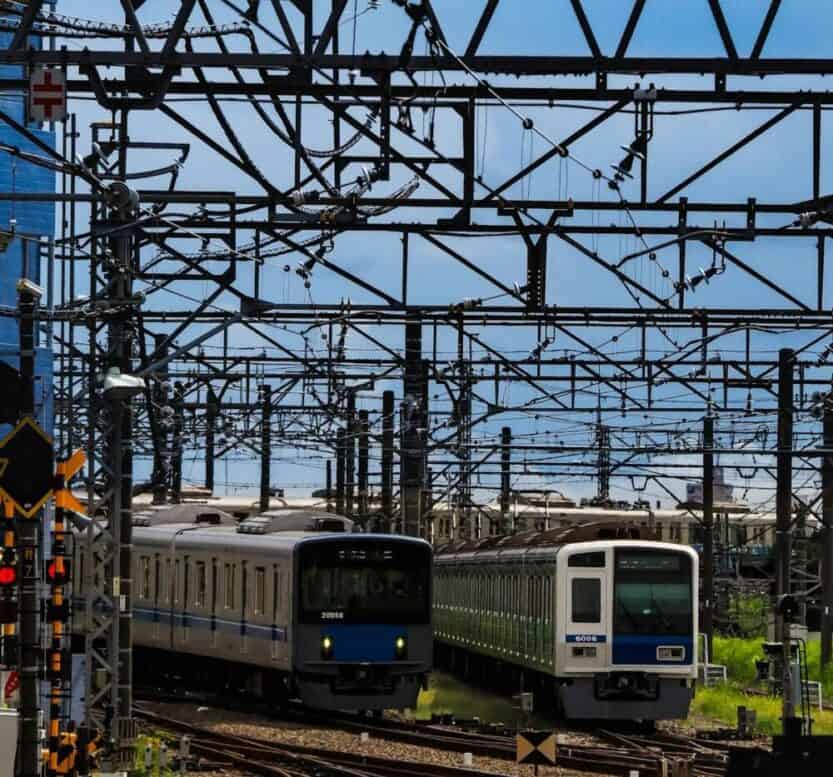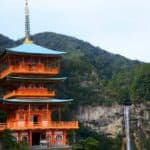JR East Axes Special Station Departure Melodies Amid Sound Modernization Efforts
The soundscape of Japan’s rail systems has always been appealing, with distinctive departure melodies enhancing the commuter experience. These melodies serve as a gentle invitation to passengers, signaling that it is time to board before departure.
Instead of standard alarm sounds, travelers are treated to carefully curated music that varies by station, often reflecting local culture or noteworthy figures.
For instance, the Nambu Line features unique tunes at its stations, like Noborito Station, which has melodies from the ドラえもん anime series, honoring the proximity of the Fujiko F. Fujio Museum.
| Station | Melody |
|---|---|
| Noborito Station | ドラえもん Theme |
| Takadanobaba Station | Astro Boy Theme |
In early 2025, significant changes were announced for the Nambu Line operated by East Japan Railway Company (JR East). The noteworthy transition is a shift to a one-person operation model, which eliminates the role of the onboard conductor.

This adjustment is primarily a response to staffing challenges within the railway.
Traditionally, conductors were responsible for various tasks, including the pressing of buttons to activate the station-specific departure melodies at each stop.
With this operational change, the conductor’s responsibilities will no longer be relevant, as the driver will now operate the train independently.
Given the limited stop duration at each station, which rarely exceeds one minute, I recognize that it is logistically impractical for a solitary driver to exit the train, walk to the opposite end of the platform, activate the unique melody, and return in time.
Therefore, under the new system, the same generic melody will play across all stations instead of the individual tunes that previously defined them.
While the Nambu Line adjusts its operations, the implications extend beyond just this one line. Other lines, such as the Yokohama Line, are scheduled to undergo similar transitions in the near future, with plans to shift to one-man operations by spring 2026.
Additionally, the iconic Yamanote Line, which is known for its central route around Tokyo, is also projected to make this shift by 2030.
Despite these changes, there is potential for optimism regarding the preservation of unique melodies. The implementation of station-specific departure melodies began back in 1989, and there remains a strong preference for maintaining traditional practices in many areas of Japan. This mindset often prioritizes reliability over modernization.
It seems feasible to modernize the current system by introducing technology that allows drivers to trigger different melodies without leaving the train.
One appropriate upgrade could involve a wireless connection linking train controls to platform speakers, streamlining the process and minimizing distractions for the driver.
If the concern is about the driver focusing on the correct melody, automating the system could prove to be a straightforward resolution that supports the preservation of these cultural tunes.
Despite the promising ideas for modernization, JR East has not announced plans to implement such changes. This absence of a strategy may lead to the last opportunity for memorable station melodies on the Nambu Line occurring on 月14日.
My interest lies in seeing how this currently evolving situation impacts other lines and the eventual outcome for Japan’s distinct station melodies, which have long been a cherished aspect of the rail experience.
While the prospect of losing these unique audio markers is disappointing, it’s worth considering how innovation might provide a way to retain this cultural asset in the face of operational shifts.
The rhythmic diversity of station tunes and their connection to local identity is more than just a nostalgic charm; it is a key part of the experience of traveling through Japan by train.
As I reflect on these developments, I remain hopeful that solutions may emerge that enhance both operational efficiency and the auditory landscape that many have come to love.
また、読んでください。
東京で最も混雑する通勤路線:山手線観光臨時列車、ペースダウン
伝統的な茶道や華道から、現代のファッショントレンドやポップカルチャーまで、日本のライフスタイルのさまざまな側面に焦点を当てて執筆しています。記事を通じて、日本への情熱を共有し、読者の皆さんに豊かで多様な日本文化の世界を垣間見ていただくことを目指しています。
日本のライフスタイルを理解する鍵は、伝統と革新のバランスを理解することだと思う。日本には何世紀にも遡る豊かな文化遺産がある一方で、常に進化し、新しいアイデアや技術を取り入れている国でもあります。
東京の最新ファッション・トレンドを知りたい人も、書道という古代の芸術を探求したい人も、私の文章はあなたを日本のライフスタイルの様々な側面を巡る旅へと誘います。私と一緒に、この魅力的な文化の美しさと複雑さを探求しましょう!





